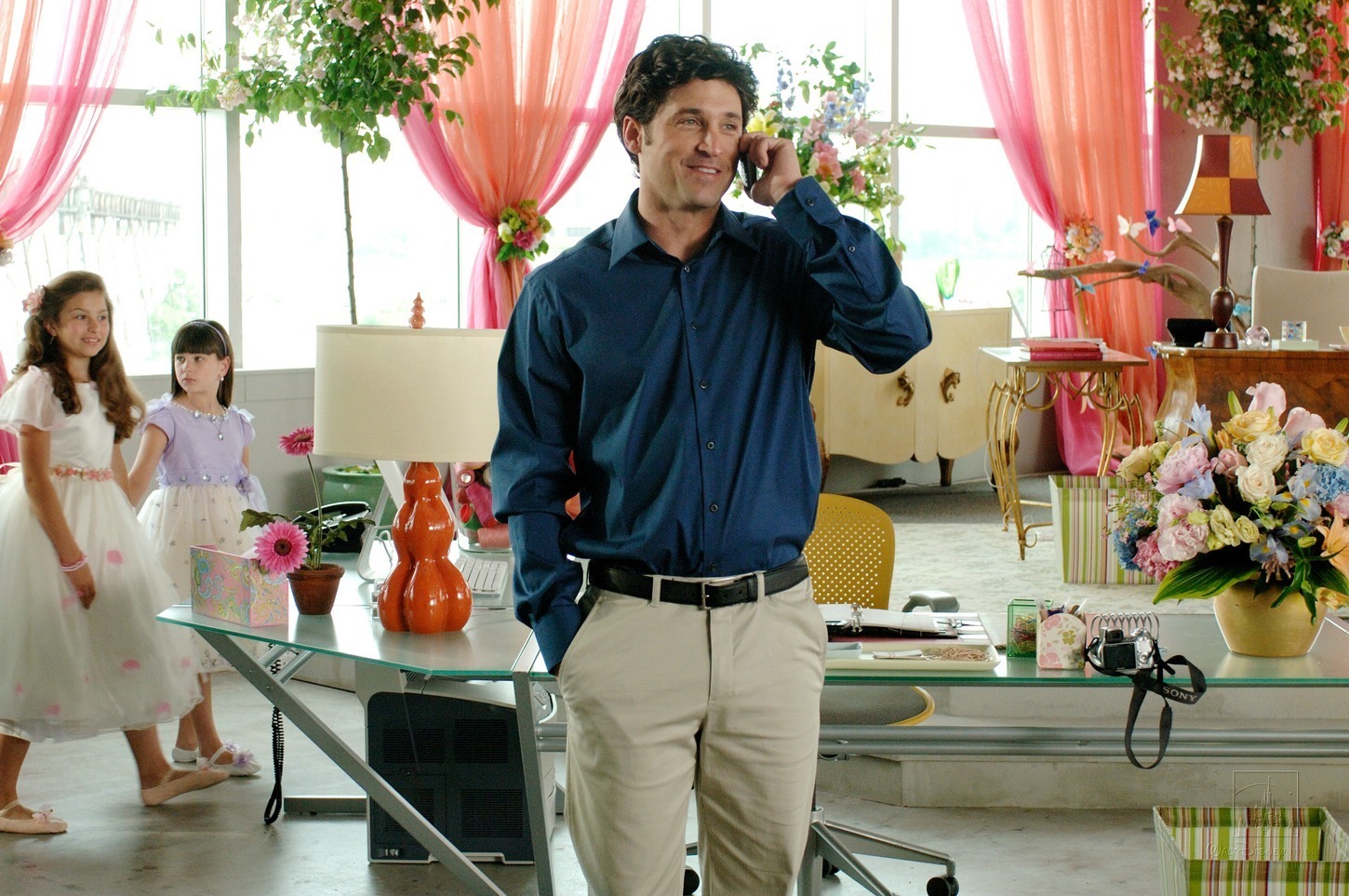

There was a “He” who was laying in the moss. It was “hard” for her to believe what it was she was seeing. She goes on to refer to something that was both “Monstrous and beautiful” to her eyes. Even the emotions associated with the experience will not come back easily, or at all. It was a wonderful thing, whatever it was, but it will never happen again. There is an inherent sadness to the encounter that one should try to keep in mind as the details are provided in the next lines. The use of enjambment between these two lines gives the phrase “And never retrieve” even greater importance.

Before a reader is even informed about the details of the encounter, one knows that it made quite an impact on her. In the first stanza of this piece, the speaker begins by describing, vaguely, a moment she experienced. The child of the doe, the dappled child of the deer. Monstrous and beautiful to human eyes, hard toĪsleep on the moss, his head on his polished cleft There it was I saw what I shall never forget A reader can take note of one particularly impactful use of repetition in the last stanza with the two phrases beginning with “Might.”

This can be seen through the use and reuse of words at the beginning of lines, known as anaphora, and the repetition of words at the end of lines. It also makes the speaker’s tone more dramatic as small cliff hangers are created throughout the text. The technique forces a reader’s eyes from one line to another more quickly. This occurs when a line is stopped, and another is started at an unnatural stopping point in one’s speech. One of the most important techniques used by Millay in ‘The Fawn’ is enjambment. She is bothered by this turn of events because she can’t figure out what she did wrong. The deer suddenly becomes alarmed and runs from the speaker. She doesn’t want to be loved, she just wants to be a part of the ecosystem. In the last two stanzas, the speaker conveys her desire to be accepted by the deer and allowed to exist alongside him. His mother was not around and she wondered why this is the case. She was surprised to see him there, by himself in the moss. In the next lines, she describes what it was like to come upon the deer. It is something she doesn’t expect to ever happen again and this gives the tone a distinct sadness. The importance of the memory is clear from the beginning. The poem begins with the speaker vaguely describing an encounter she had with a deer. Vincent Millay tells of an encounter between a deer and a speaker who wants nothing more than to be accepted by the forest.


 0 kommentar(er)
0 kommentar(er)
